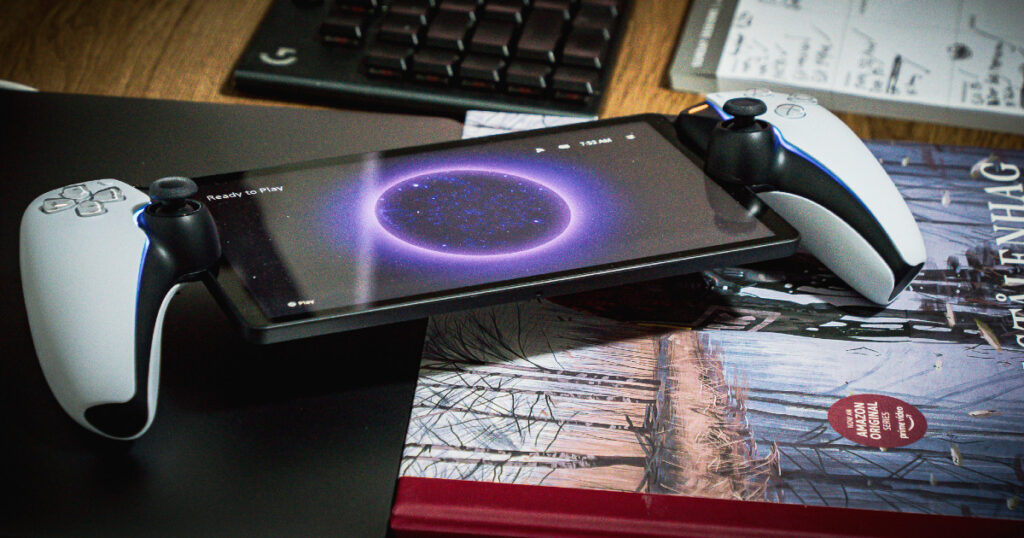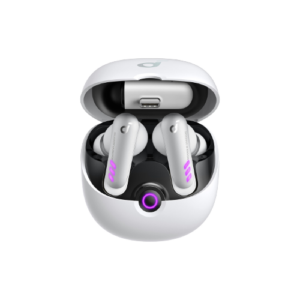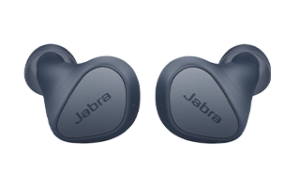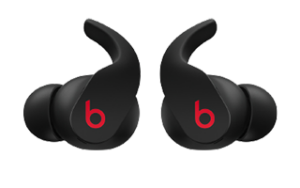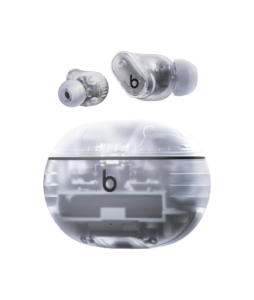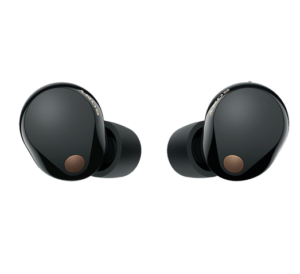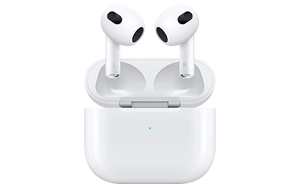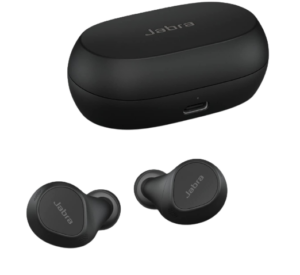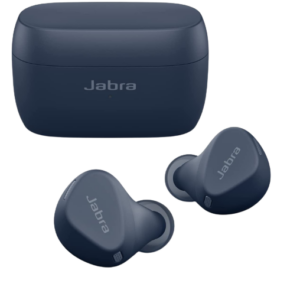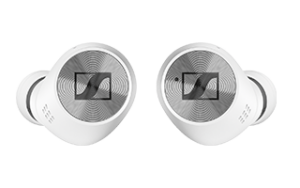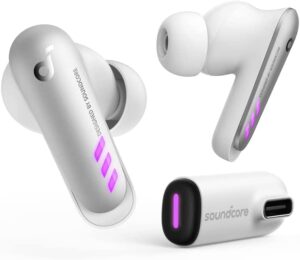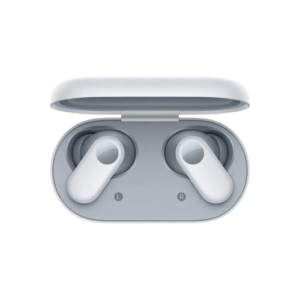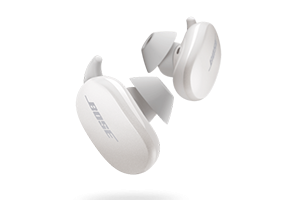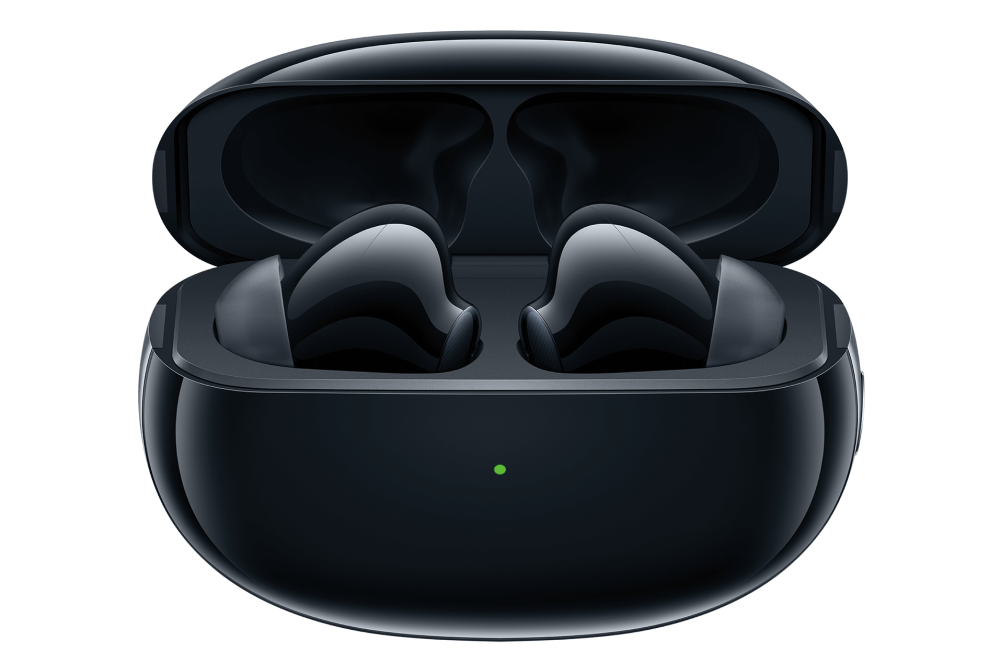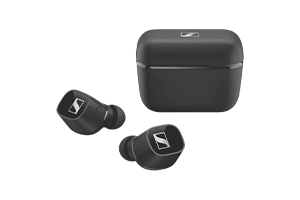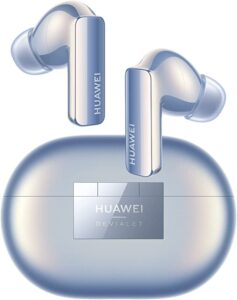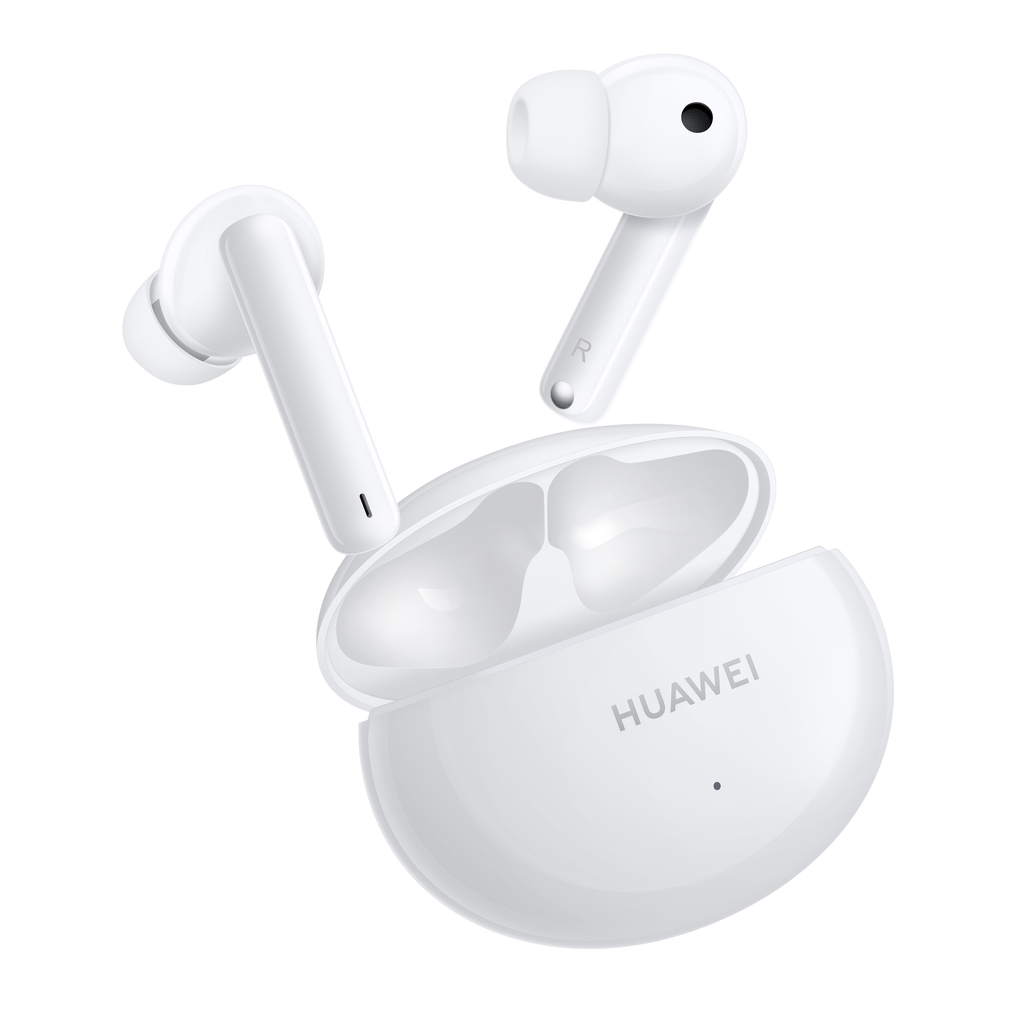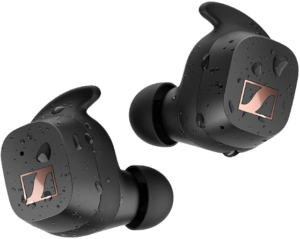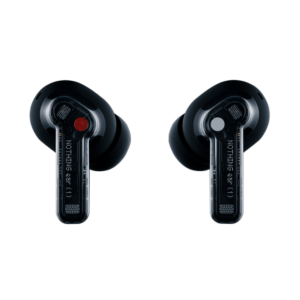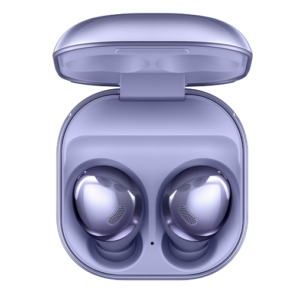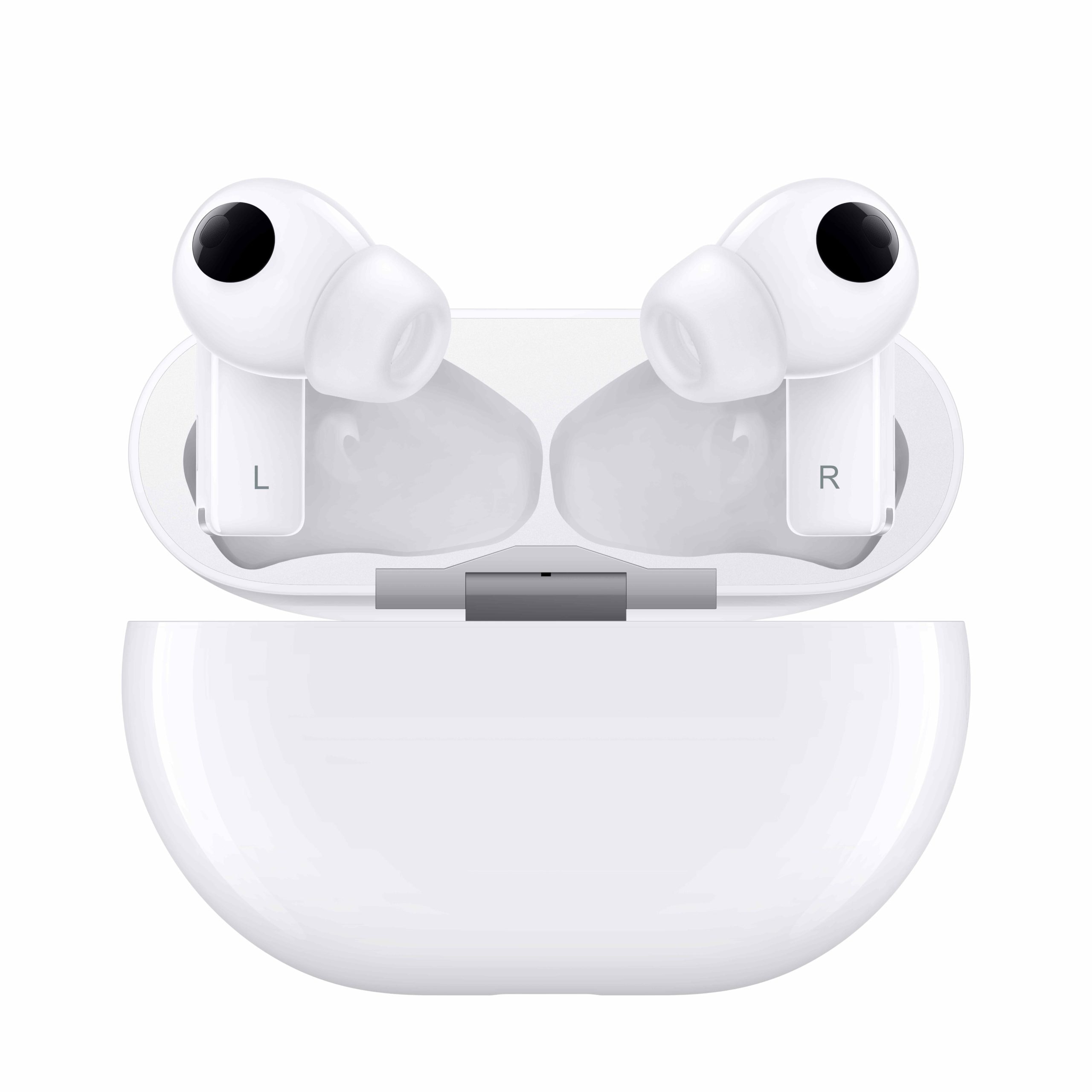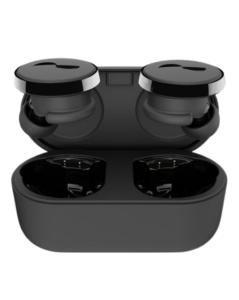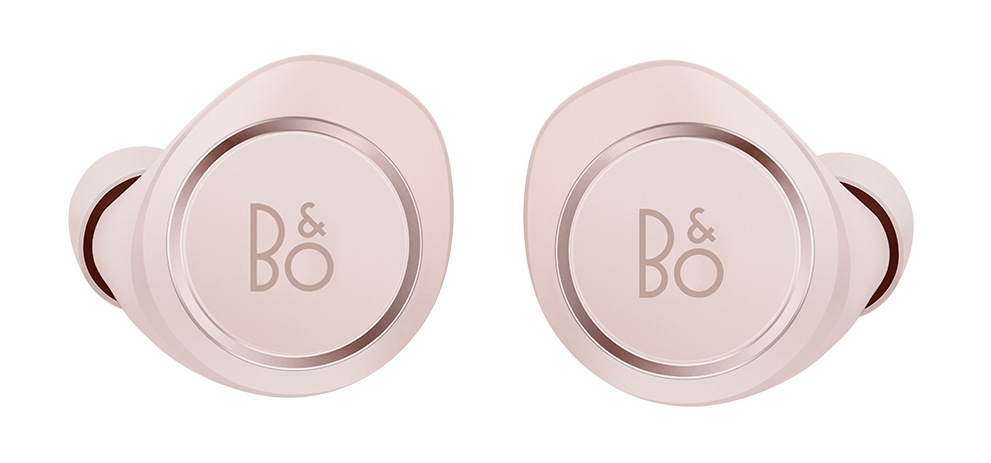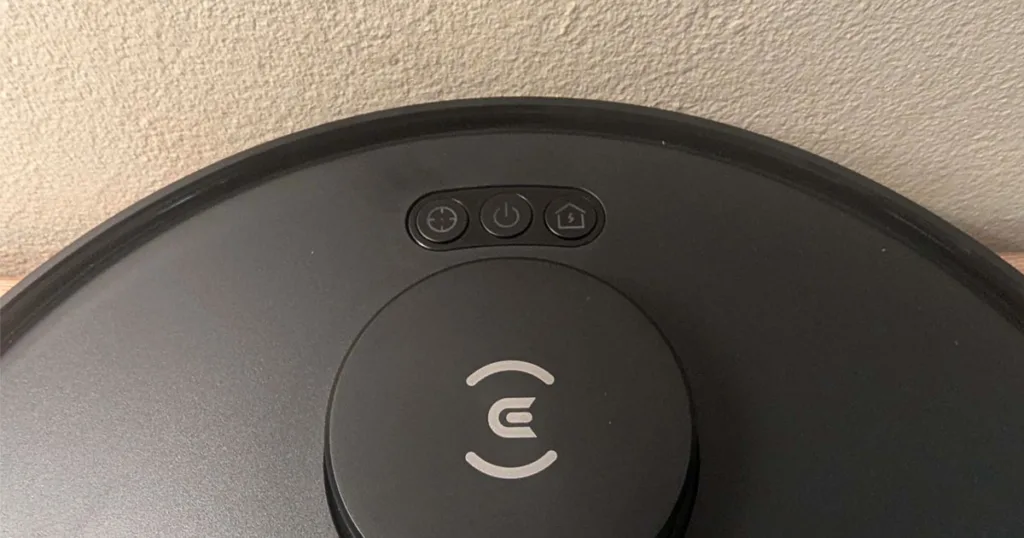The Soundcore VR P10 wireless earbuds are an affordable way for in-ear gaming across a range of gaming and non-gaming platforms.
Soundcore VR P10 wireless earbuds review
I recently enjoyed my time with the Razer Hammerhead HyperSpeed wireless earbuds, which was unexpected given my preference for over-ear headphones instead of in-ear alternatives. The thing is, while Razer has a history of quality products, they’re also quite expensive at launch. Thankfully, Razer isn’t the only manufacturer catering to the low-latency needs of gamers who like the versatility of wireless earbuds. That’s where the Soundcore VR P10 wireless earbuds step in to offer impressive performance for a comparatively cheap price.
Soundcore VR P10 value for money
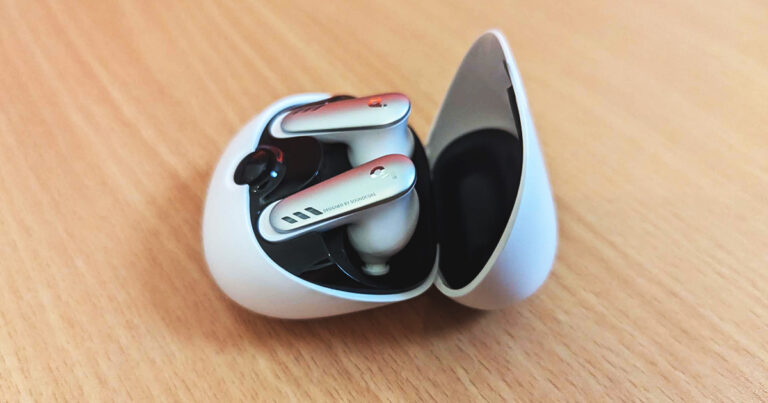
Having a look at the cheapest earbuds in our best wireless earbuds round-up, between $100 and $200 is the place to be for budget models. While the Razer Hammerhead HyperSpeed earbuds cost $289.95 RRP, the Soundcore VR P10 buds are noticeably cheaper at $179.99.
That makes the VR P10 one of the cheapest wireless earbuds around for gamers, more so when you consider it includes low-latency 2.4GHz and Bluetooth 5.2 connectivity. The closest cheap competitor is the JBL Quantum TWS, but even that’s more expensive at $229 RRP.
Soundcore VR P10 sound quality
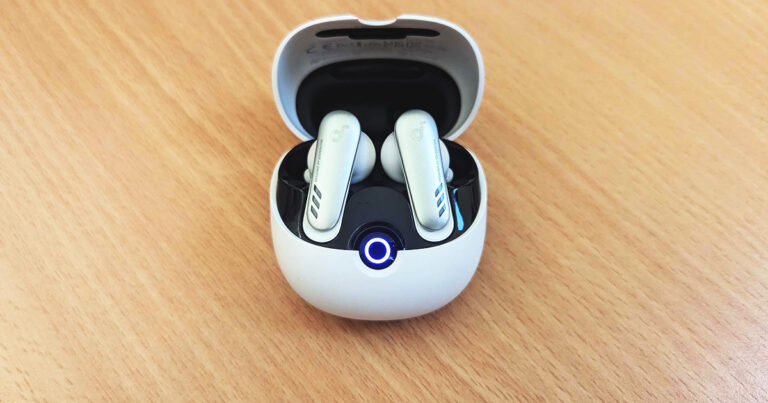
As was the case with the Razer Hammerhead HyperSpeed, the Soundcore VR P10 had flat-ish sound out of the box. A quick fix is a small download away, though. Grab the Soundcore app for an Android or iOS device, and then better sound is a few taps away. Connecting to my Google Pixel 7 Pro was a breeze and it was easy to find the equaliser settings.
You can fully customise the equaliser levels for the VR P10 if you like. But there are 20 equaliser presets to choose from. If that’s overwhelming, stick with the default equaliser settings and toggle the ‘BassUp’ option on for an immediate improvement to the lows. Of the music-centric equaliser options, the Lounge preset had the most pleasing overall results for my everyday music playback tests.
I reverted to the default settings albeit with the enhanced bass setting enabled for playlist testing. As you might expect from a budget alternative, the VR P10 didn’t offer as impressive playback results compared to the Razer Hammerhead HyperSpeed or Samsung Galaxy Buds Pro that I used for comparisons.
But nor was it lagging massively behind them, either. In fact, I preferred the VR P10 for The National Anthem and Blinding Lights comparisons from our playlist above vs the Hammerhead HyperSpeed. While audio playback is impressive for the price, the microphone quality is lacking in depth and has a tinnier sound compared to the Hammerhead HyperSpeed.
What is Soundcore?
Soundcore VR P10 battery life
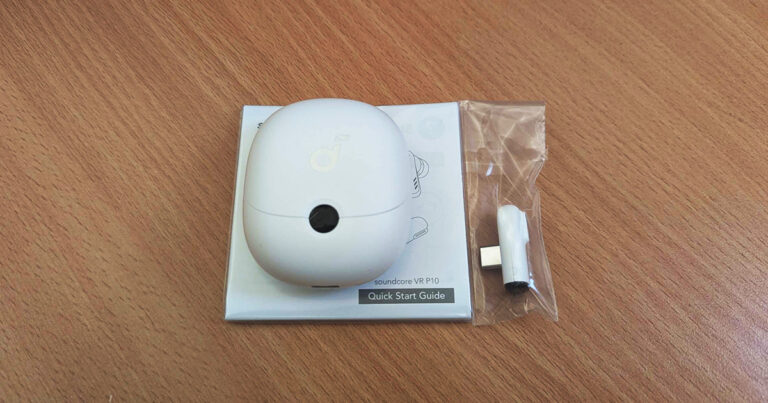
I’ve never been a fan of peripheral lighting—especially for products that stick in your ears where you can’t see them—but I do admire the practical side of the Soundcore VR P10’s illumination. There’s a light on the outside of the case, which pulses whenever you’re charging via USB-C cable.
The earbuds themselves have three lights on the outside, which act as battery-life indicators. You may want to disable these, though, for the best longevity. Thankfully, that’s an easy task within the Soundcore companion app by switching to battery-saver mode.
According to Soundcore, you can expect up to six hours of playback, with three extra charges via the case for 24 hours all up. Assumedly, the earbud longevity is a bast-case scenario for an exclusive Bluetooth connection. I tested the VR P10s with average volume, a 2.4GHz connection to PC and with Bluetooth connectivity active.
I got a minute shy of 3.5 hours in my battery test. Throughout testing, I sporadically checked the battery life on the Soundcore app. From the get-go, the right earbud was immediately indicating it had less battery than the right one, which persisted throughout most of testing. The first low-battery warning came just over 2.5 hours into the test, with another 15 minutes later, before the right earbud eventually died after 3.5 hours.
Soundcore VR P10 2.4GHz game performance
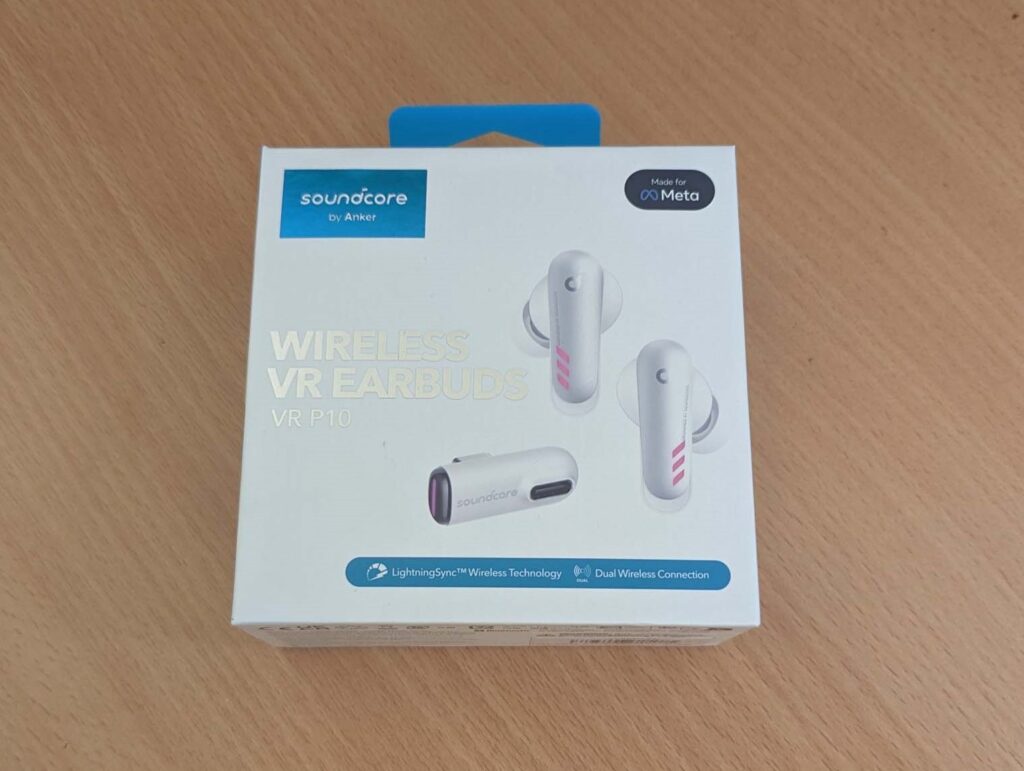
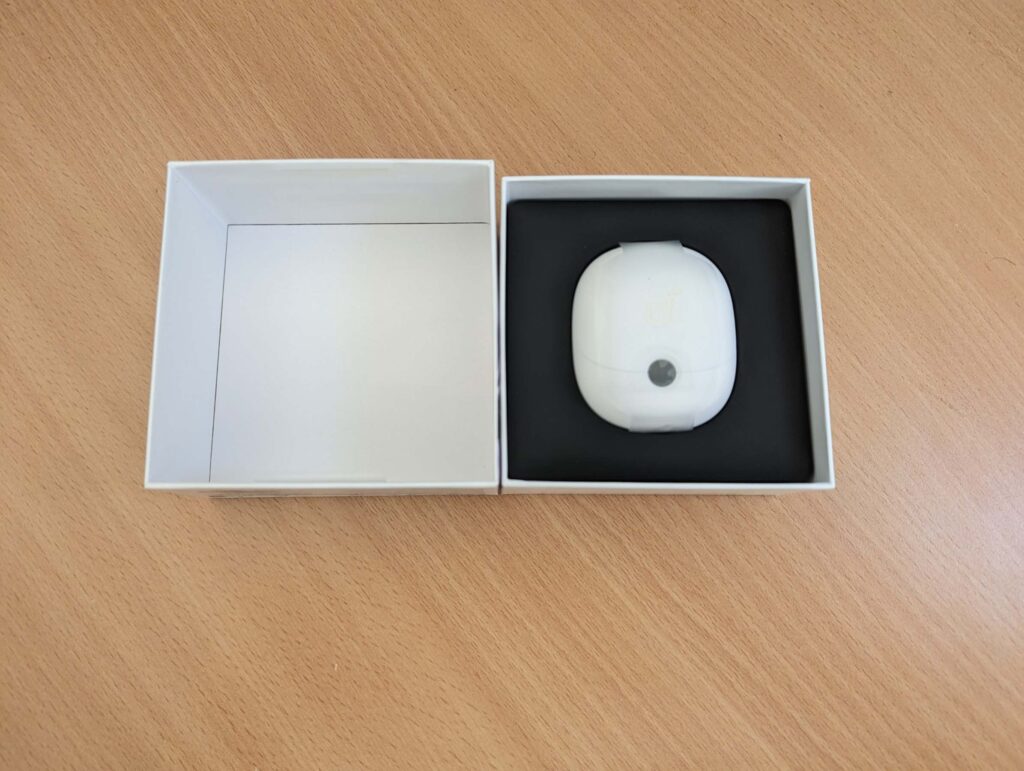
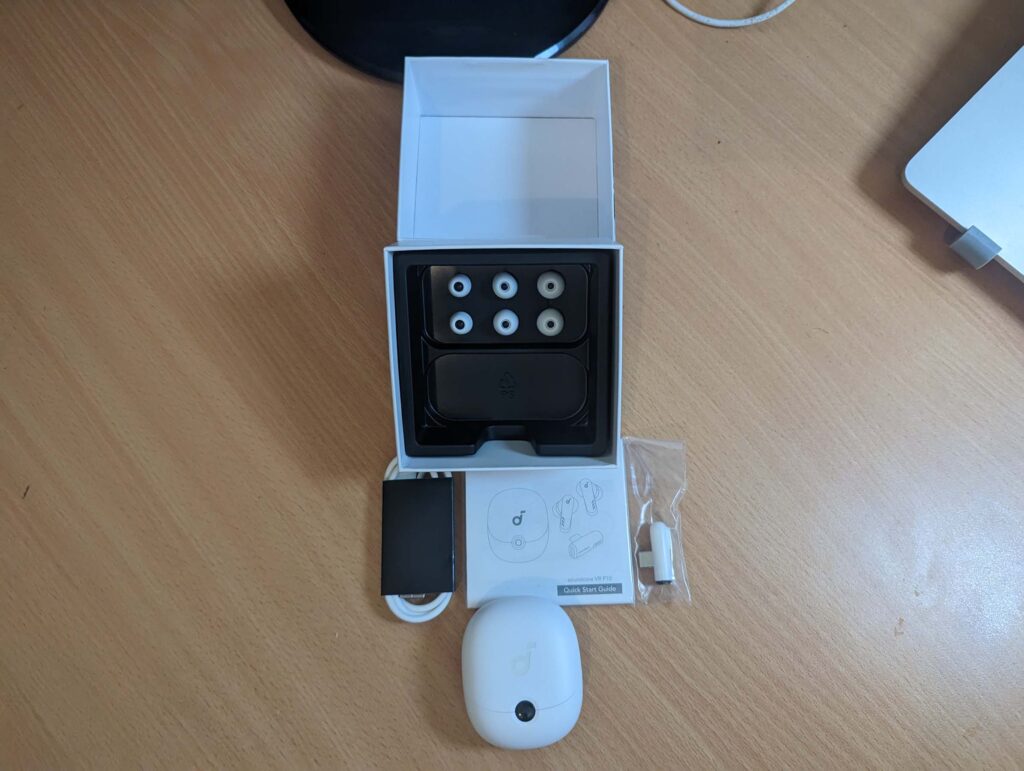
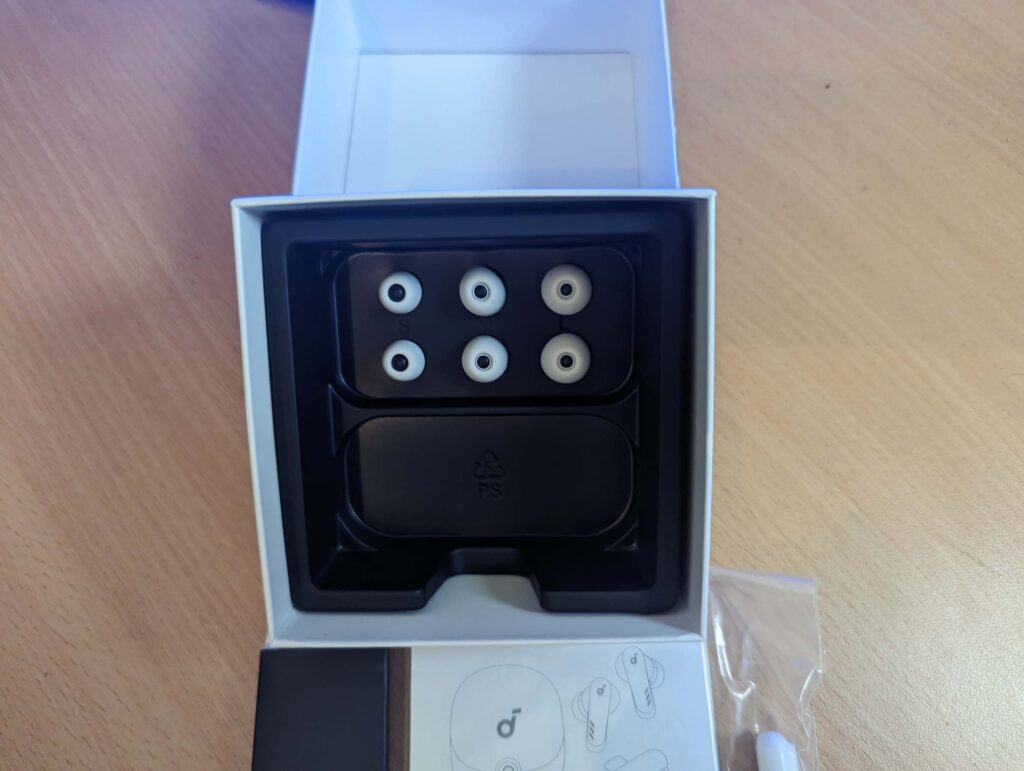
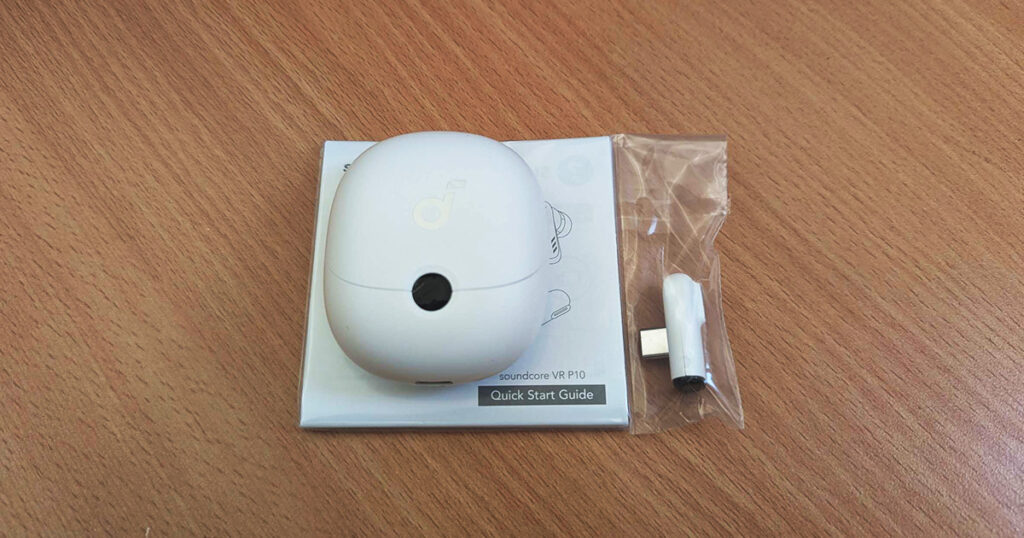
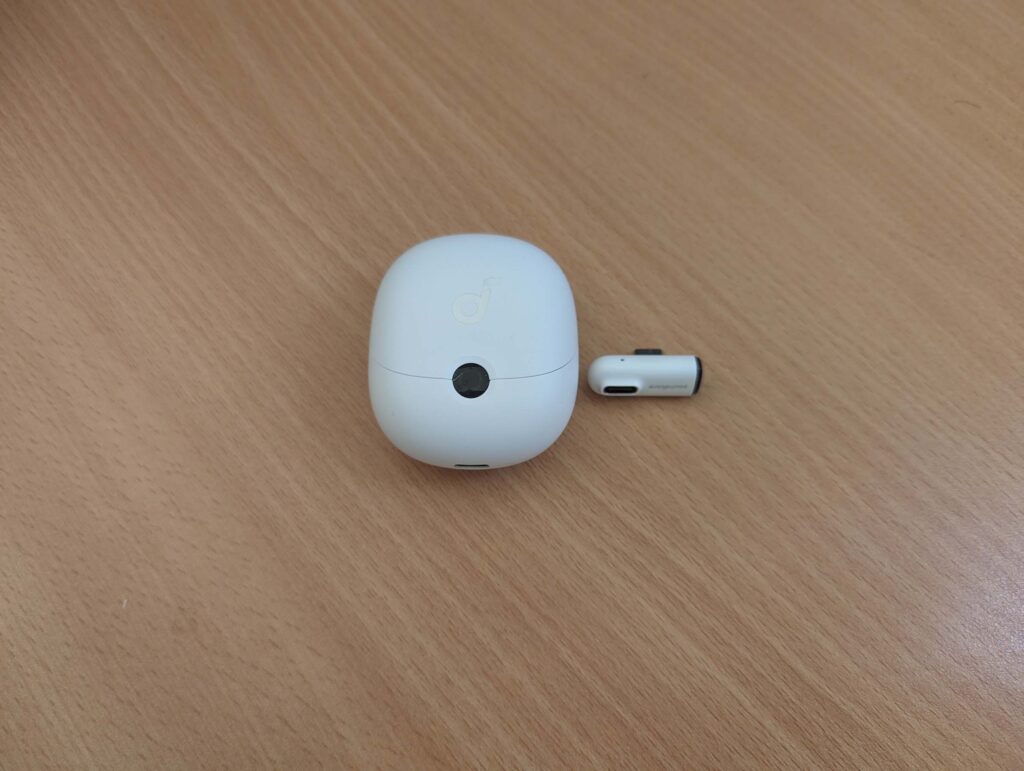
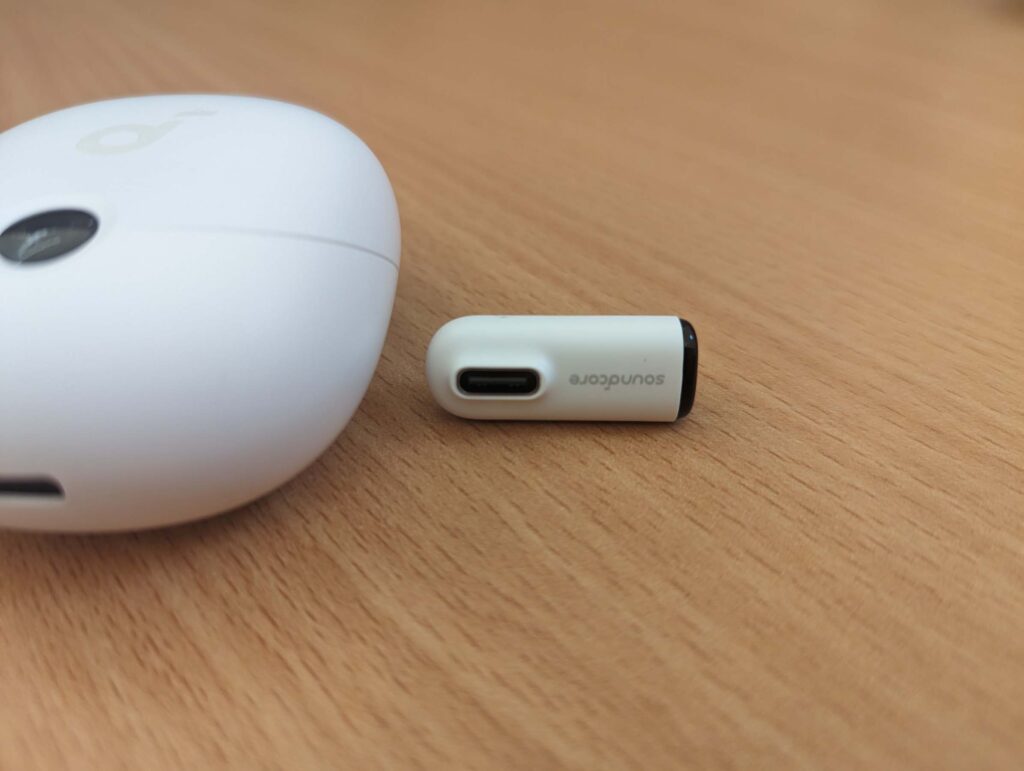
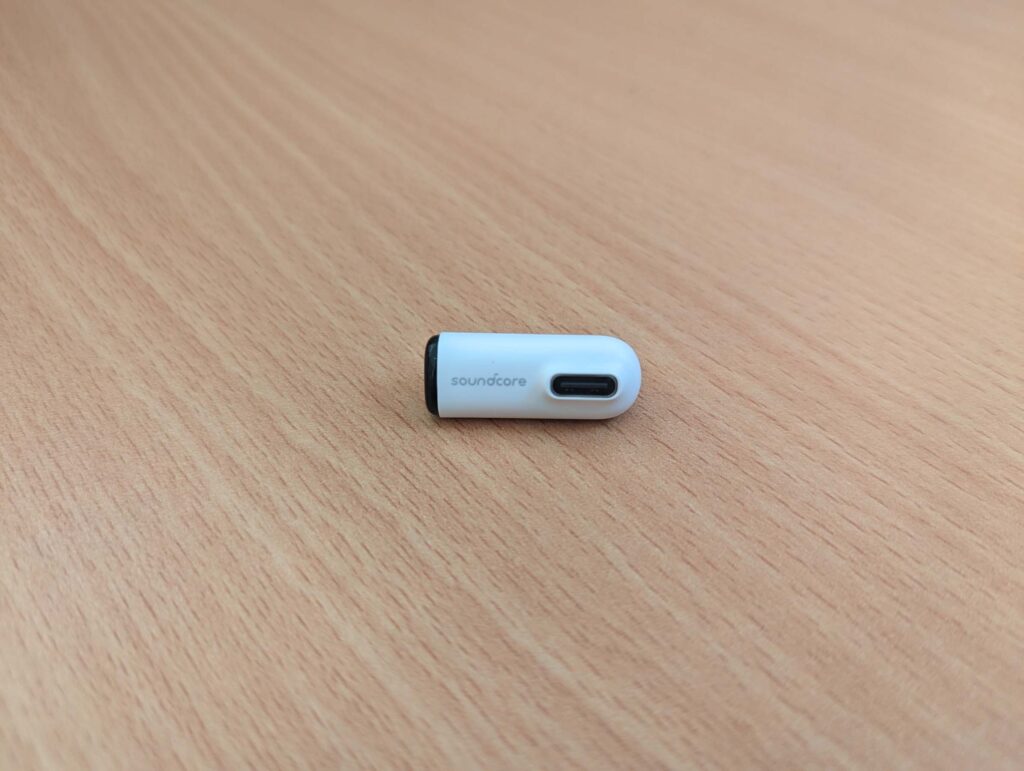
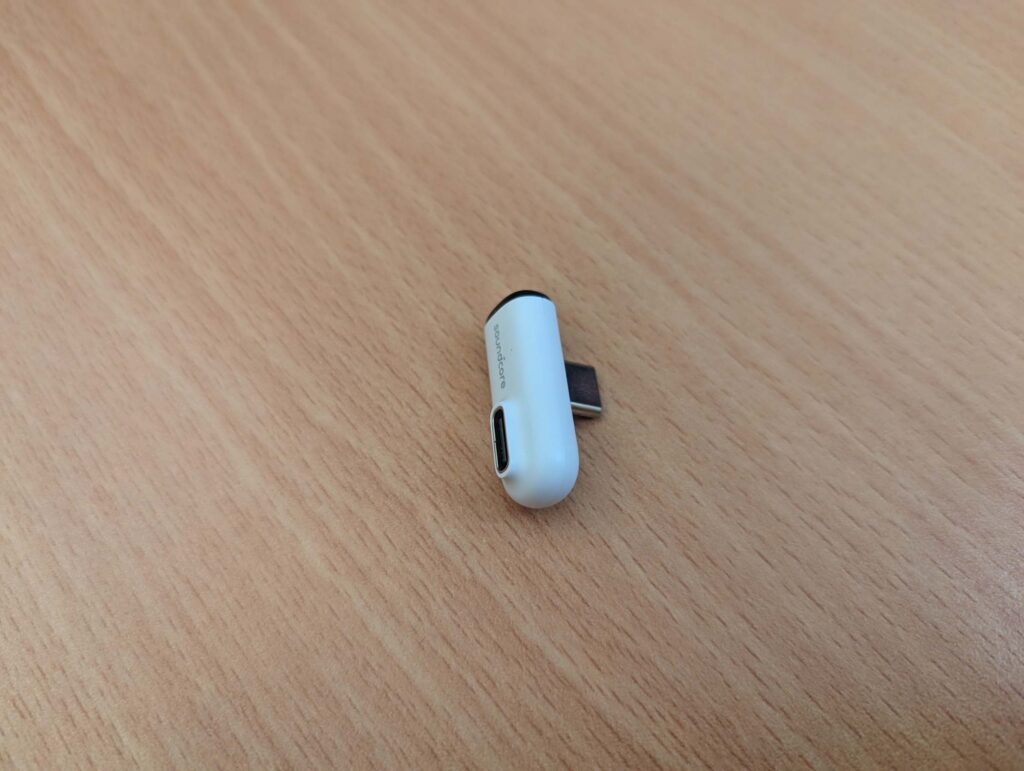
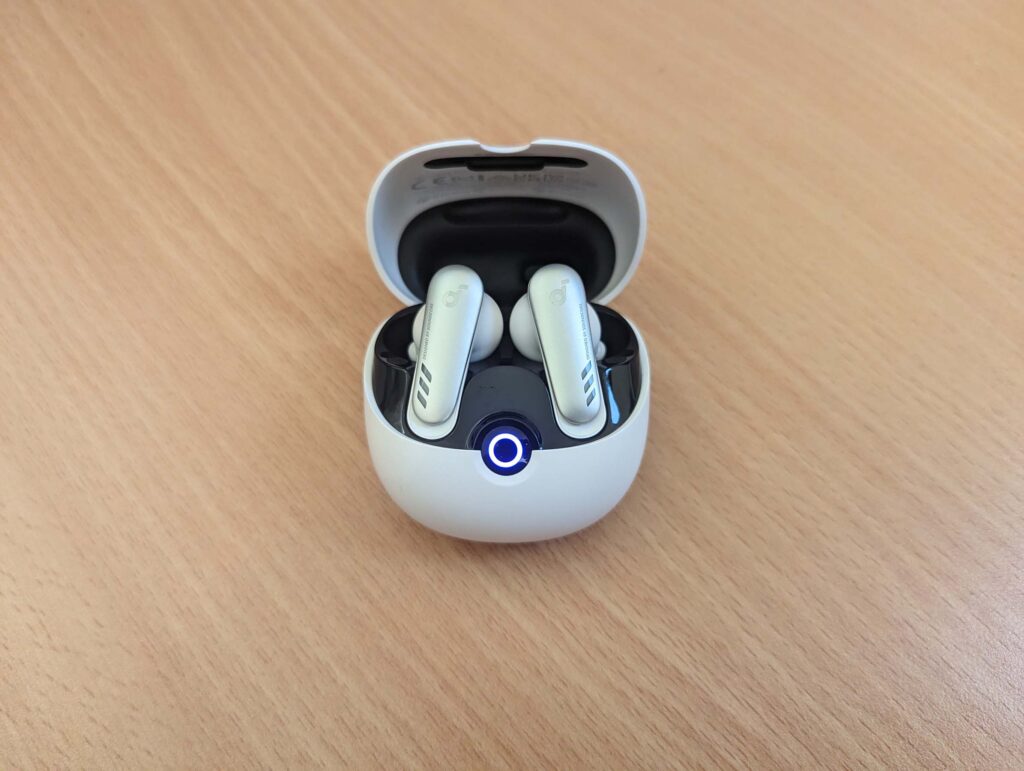
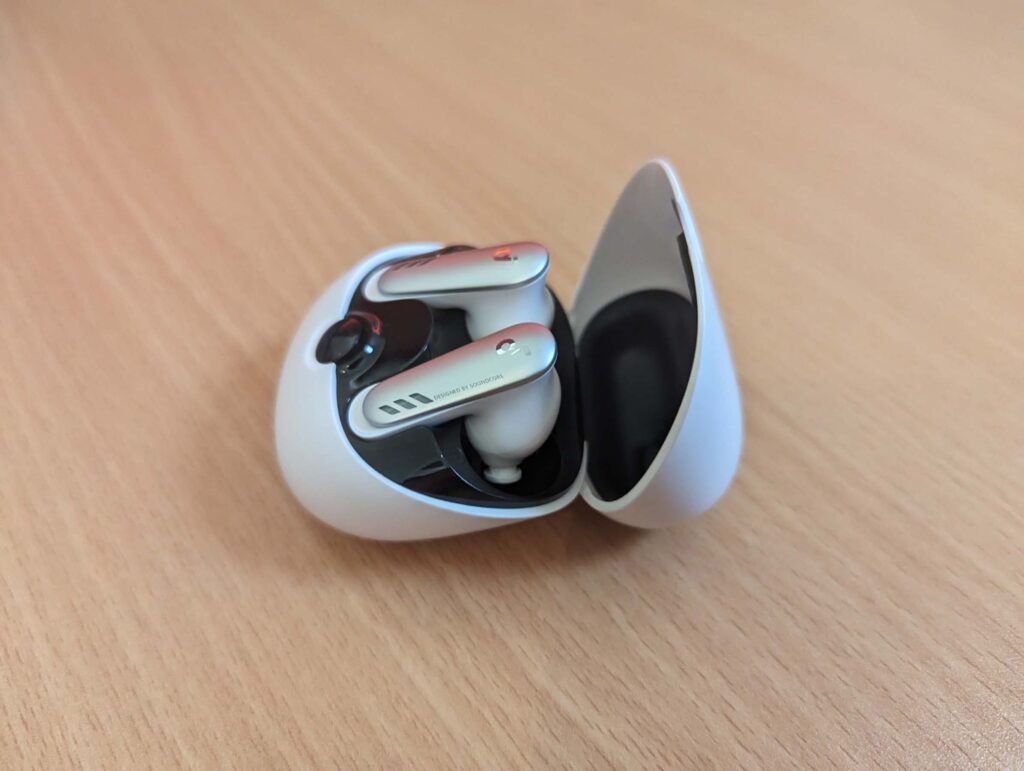
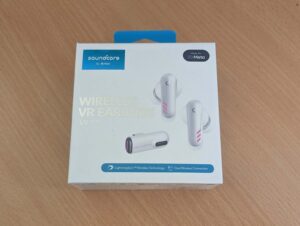
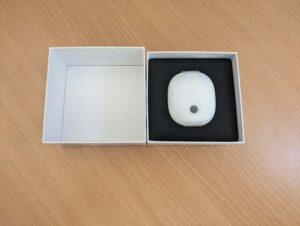
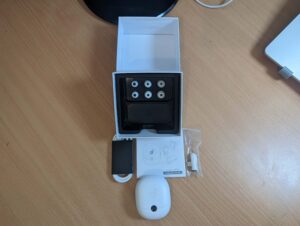
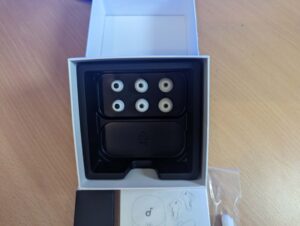
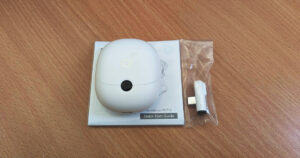
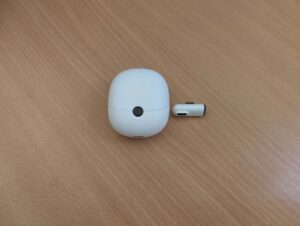
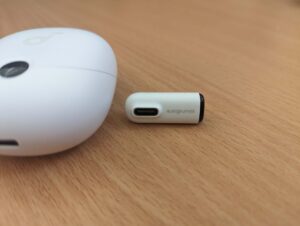
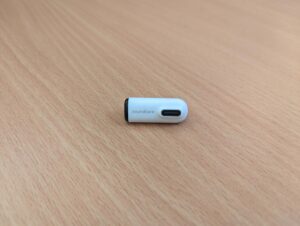
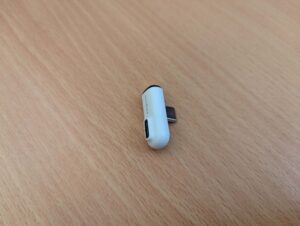
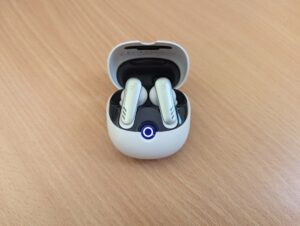
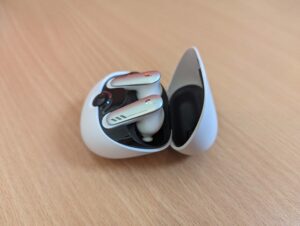
Outside of the right-earbud battery-life disclaimer above, there were no playback issues with the Soundcore VR P10’s via 2.4GHz dongle. My battery-life tests were performed during a lengthy gameplay session with Star Wars Jedi: Survivor on PC.
I was impressed at how little fiddling was required to get everything working. The 2.4GHz dongle is plug and play, and Windows 11 defaulted to it as an audio playback device, which is a great convenience feature. What’s more convenient is the case has a magnetised slot for the 2.4GHz dongle, which is something the Razer Hammerhead HyperSpeed is missing.
The VR P10 is primarily built for the Meta Quest 2, which is why the 2.4GHz dongle has inbuilt USB-C pass-through. This won’t impact other compatible devices, though, and the VR P10 also works with PlayStation 5, Steam Deck and whichever devices support Bluetooth connectivity, including the Nintendo Switch. With a USB-C to USB-A converter, the VR P10 is also compatible with the PlayStation 4.
Interestingly, if you don’t mind buying extra 2.4GHz dongles, the VR P10 supports up to four of the USB-C devices. Effectively, you can have a dongle connected to a VR headset, PS5, Steam Deck and a gaming PC, then just use the Soundcore app to switch between whichever one you’d like active. It’s not exactly an essential convenience feature, but it’s cool for those who are bothered by having to shift the dongle between devices.
What’s missing is a Windows app, which means you’re forced to use the Soundcore mobile app. In fairness, that’s easy enough to do. The VR P10 has dual wireless connectivity, so you can take calls via Bluetooth while gaming with the 2.4GHz dongle. In my tests, I was impressed at how the VR P10 also intuitively switches between Bluetooth and 2.4GHz audio sources.
2.4GHz vs Bluetooth
There are pros and cons to using either 2.4GHz or Bluetooth. With 2.4GHz, there’s a USB dongle requirement, which may be only compatible with specific devices. If it is compatible, you get a low-latency connection (up to a 1,000Hz polling rate, or 1ms latency), which makes it great for games. That said, 2.4GHz is a bigger drain on battery life than Bluetooth. While Bluetooth devices version 5.0 and above don’t require a dongle, they have a 125Hz polling rate, which equates to 8ms latency. You shouldn’t notice any audio delays for movies and music playback, but fast-paced games may have frustrating audio lag via Bluetooth connection.
Is the Soundcore VR P10 worth buying?
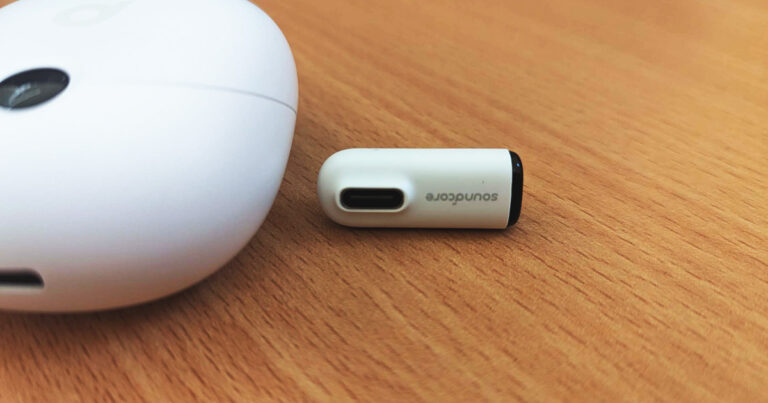
Overall, the Razer Hammerhead HyperSpeed wireless earbuds have better sound but the Soundcore VR P10 is nipping at its heels. The VR P10 is a great choice for anyone but Xbox gamers, offering impressive platform versatility, some neat features and solid battery life.
How do the Soundcore VR P10 compare to other earbuds we've reviewed?
Disclaimer: Pricing and deal information only accurate as of the last page update.
How we review wireless earbuds
When we review earbuds, broadly speaking, we're looking at five main considerations:
- Sound: Obviously. Do they sound good?
- Comfort & Design: Are they nice to wear?
- Features: Is the battery good? Is the connectivity reliable? What's the noise-cancelling like?
- Vibe: What's the overall experience like?
- Value: Are they good for the money?
While audio products can be quite subjective for many reasons, we have standardised testing procedures across the team designed to help us look at the category in a consistent way. You can read more about how we review wireless earbuds here.
Soundcore VR P10 wireless earbuds frequently asked questions
Related Articles

